When the First Canadian Division arrived in Britain in December, 1939, it was not ready for combat. Its soldiers continued training through the winter and spring of 1940. In the overall picture, the Canadian force was not an important part of the British war strategy. It was one of over 60 British and Commonwealth divisions in Britain. This situation changed dramatically in May.
Between September, 1939 and March, 1940, almost 400,000 British soldiers went to France. The main body of the British Expeditionary Force moved into North-west France and Belgium. It was to serve as a reserve force in case the Germans broke through the heavily fortified Belgian and French defensive lines. On May 14th German Army Group A made an unexpected breakthrough in the Ardennes Forest on the Belgian-French border. The Allies had considered the forest to be impassible. They were wrong.
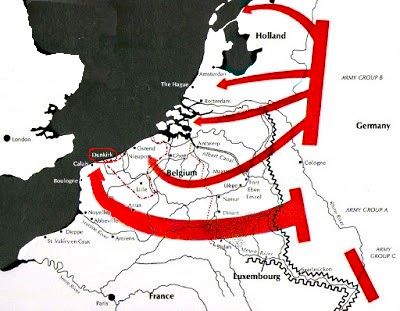
German forces reached the English Channel on May 20th cutting the British and Belgians to the north, from the French to the south. The British counter-attack failed to drive the Germans back and the British were forced to make a fighting withdrawal towards the coastal port of Dunkirk. From May 27th until June 3rd over 340,000 British, French and Belgian soldiers were rescued from the beaches of Dunkirk by an improbable "fleet" of small boats, ferries, and ships. The "Miracle of Dunkirk" allowed most of the BEF to escape to Britain - but they left behind virtually all of their equipment except their rifles: 700 tanks, 2500 cannons, 11,000 machine guns, and over 40,000 vehicles.

On June 5th the German army launched an all-out attack on the remaining French defenders. Despite determined French resistance, the Germans captured Paris on June 14th. On June 22nd the French agreed to a cease-fire which in reality was a complete surrender.
Except for a small Canadian force that participated in a two day landing and withdrawal at Brest, the 1st and 2nd Canadian Divisions remained in Britain. While some Canadian forces continued their training, other were called upon to help defend Britain against an expected German invasion. Canadian units were on guard duty across Britain through the summer and autumn of 1940. British plans called for the two Canadian divisions to be part of a major mobile reserve rather than as part of the front-line defenses.
On August 13th the German Air Force, the Luftwaffe, began a major air offensive against the Royal Air Force. For over a month German bombers destroyed British airfields, aircraft factories and radar stations in an attempt to destroyed Britain's ability to defend itself. Had this attack been successful the Germans would have then launched a full-scale sea invasion on September 15th, codenamed Operation Sea Lion. By October, 1940, however, the Luftwaffe had suffered such severe aircraft losses that it abandoned daylight bombing attacks completely. Night air raids continued but the British had survived the worst of the German air attacks. The "Battle of Britain" had been won.
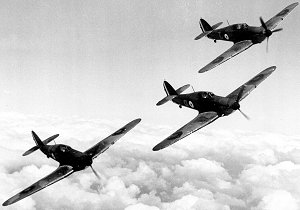
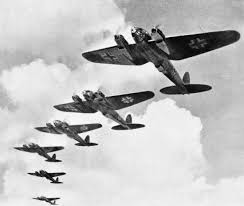
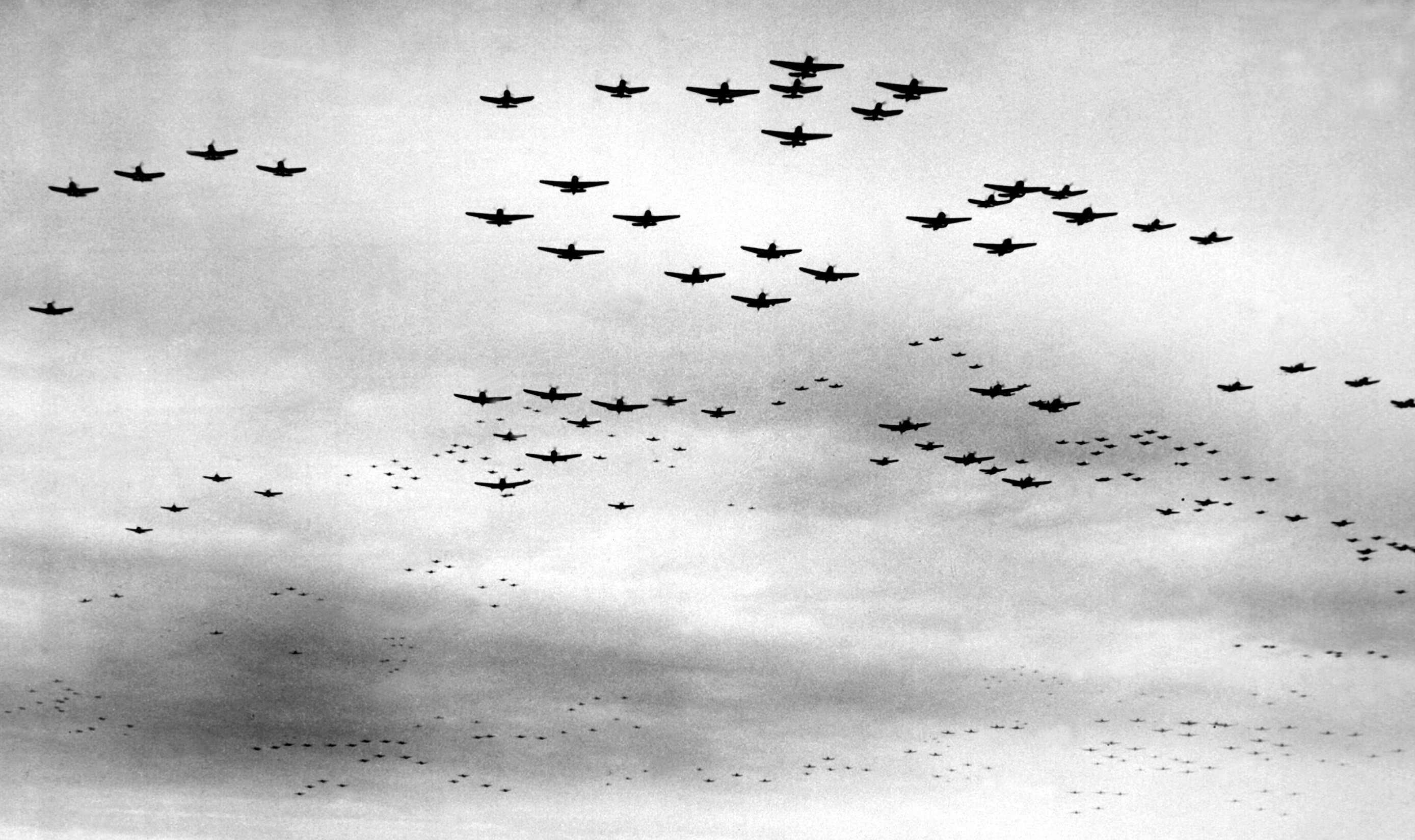
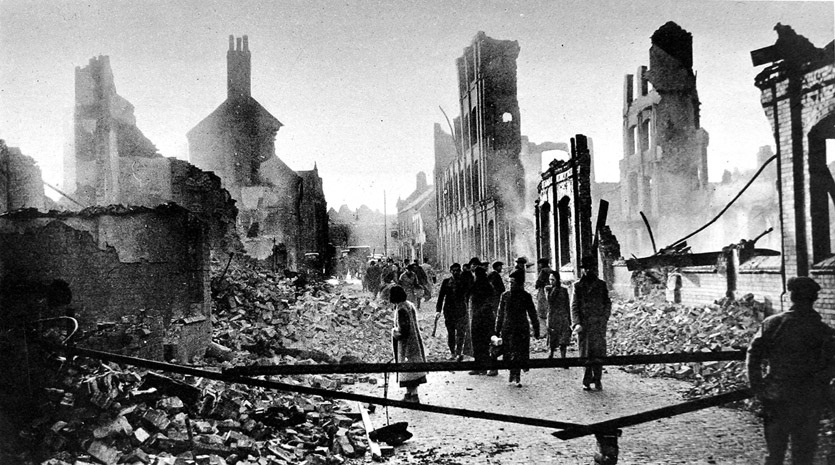
The Luftwaffe's failure caused the Germans to postpone their invasion plans - first delaying it to October, 1940, and then into 1941. By May 1941, the threat of an invasion of Britain had ended, and Hitler's attention turned to "Operation Barbarossa", the invasion of the Soviet Union.
For the Canadian soldiers of the 1st and 2nd Divisions, training camps in Britain and Scotland became their new homes for the next three to four years. This gave them plenty of time to become very close to the people of the local villages, towns, and pubs!
>
Here are two videos about the Battle of Britain. Click on the link to view the videos. At the end, click on the left or back arrow at the upper left corner of the screen.
Spitfires attacking German bombers from the film "The Battle of Britain", 5:22 min.
The final battle from the film "The Battle of Britain" 5:06 min.
![]()